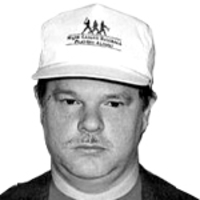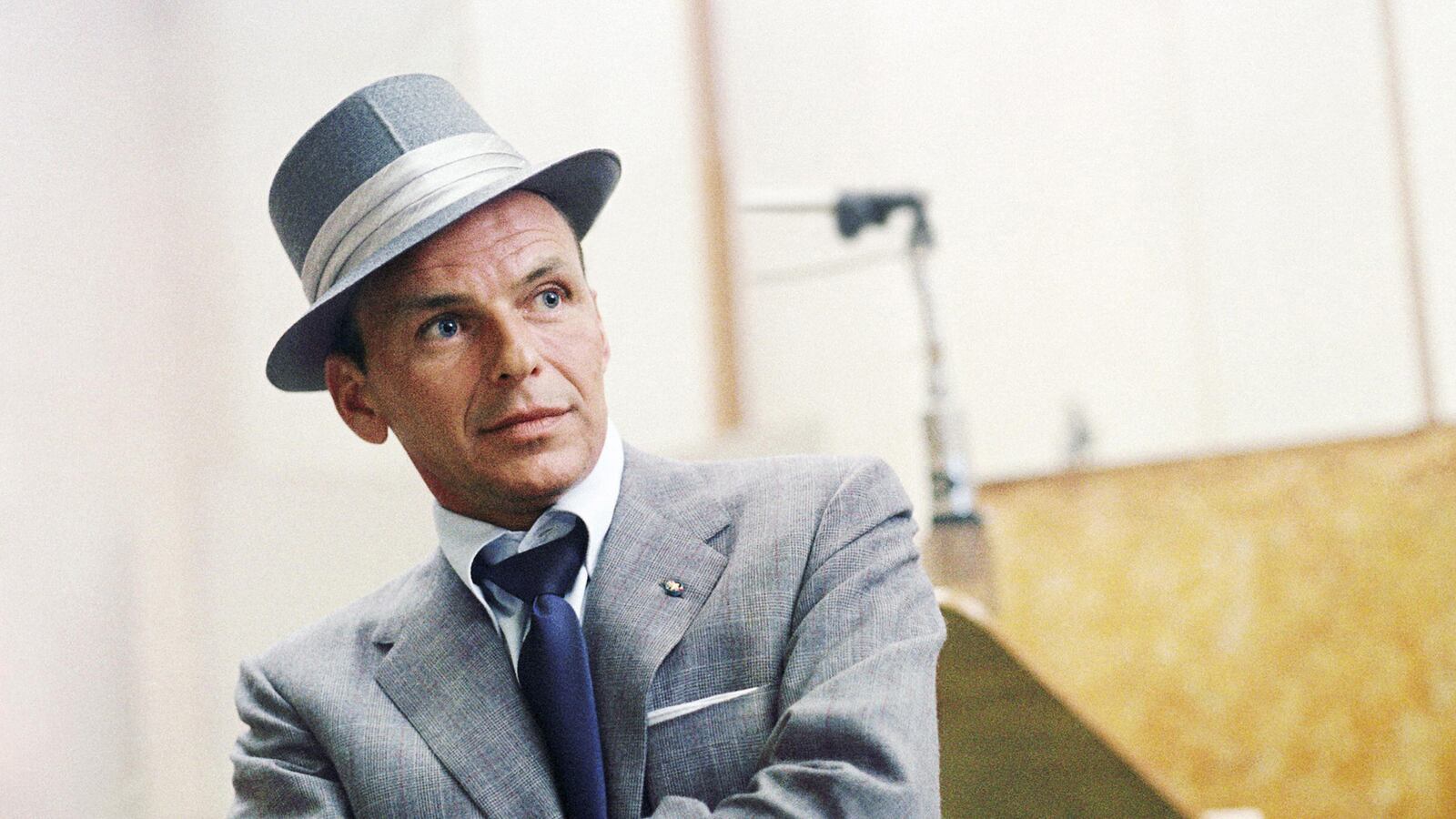“I’m the new Sinatra,” Jay Z rapped in “Empire State of Mind” six years ago. No offense, Shawn, but we’ll check back in 2109 and see if anyone has done a two-part, four-hour documentary on your life.
In commemoration of Sinatra’s 100th birthday, filmmaker Alex Gibney—who else, since Ken Burns didn’t get there first?—has given us the best thing ever done on the man, his art, and his impact on popular culture.
Sinatra: All or Nothing At All, airing on HBO Sunday and Monday, is no History Channel space filler. There are few if any tedious talking heads bogging down the narrative. And there’s always something fascinating happening on screen, usually accompanied by the voices of, among others, Martin Scorsese, Bruce Springsteen, Tony Bennett, Harry Belafonte, Pete Hamill, Angie Dickinson, critic Terry Teachout, and the Sinatra children, Nancy, Frank Jr., and Tina, and, most surprisingly, his first wife, Nancy.
Most of the important people in Sinatra’s life have long passed, but, fortunately for Gibney, there may not be another 20th century celebrity whose early life was so well documented. His mother, Dolly, was an influential political ward boss in Hoboken who, Frank finally admitted, performed abortions as part of her work as a midwife even though she was a good Catholic. His father, Marty, was a tough old fireman who rode shotgun on bootleggers’ trucks.
There’s lots of footage from Sinatra’s early years, his start on radio and as a touring band singer, his early politicking for FDR, for Kennedy, and finally, late in life, for Reagan, his idolization of Bing Crosby and emulation of der Bingle’s musical phrasing and timing, and his admiration for Humphrey Bogart, around whose persona the Rat Pack initially formed. Probably no other entertainer talked so much (and was talked about so much) to interviewers. Sinatra, in his time, was grilled not just by gossip columnists and talk-show hosts but by real journalists like Walter Cronkite and Edward R. Murrow, and they talked to him not just about his romances and marriages but his outspoken support for civil rights and, finally, the seriousness with which he took his music.

Gibney works in so much material that it wasn’t until the day after I watched All of Nothing At All that I remembered a couple of things that were left out. The story of Sinatra and Joe DiMaggio spying on Marilyn Monroe and then kicking open the wrong hotel door really should have made the cut. It’s so Frank, so Joe, and I know there were photos because I remember them from my father’s copy of Confidential.
And how could the death of Frank’s mother in a 1977 plane crash near Palm Springs go unremarked, especially since Gibney took such pains to show us the influence this powerhouse of a woman had on her son’s life? Even those who hated Sinatra’s guts had trouble keeping a dry eye when the news broke.
And why is Sinatra’s early association with the Mob glossed over? I understand why his kids (who before now have never cooperated with a production about their dad) are reluctant to have his name associated with Lucky Luciano and Meyer Lansky in the late ’40s, but there is no doubt that Frank not only knew them but went to Havana to perform for them. (And enjoyed flashing a cigarette case Luciano gave him as a memento.)
I’d have given anything to see the clip from the Kefauver investigation when Sinatra was handed a photo of himself with Luciano and asked how well he knew the most powerful mobster in America. Sinatra’s reply: “That name is familiar.” All or Nothing At All seems to imply that it was the Chicago mobster Sam Giancana who drew Sinatra into the sordid web of politics, sex, and money in the 1960 presidential election. The truth is that the Chairman of the Board had already been dining with and singing for gangland’s heaviest hitters for more than a decade.
On the other hand, Gibney deftly deflates the horse’s-head-in-the-producer’s-bed nonsense (burn in Hell, Mario Puzo) that suggests that his mob ties won Sinatra the part of Maggio in From Here to Eternity (1953). His performance in that film won him an Oscar and ignited the second—and far more enduring—part of his career. The reason he came back stronger and richer as a singer had nothing to do with mob connections, but with the intelligence and knowledge he brought into his song selection and recording sessions.
As for Sinatra the actor, he got the part of Maggio because he deserved it and could play it more convincingly than anyone else. He was equally effective and charismatic in several other film roles, including an amiable psychotic assassin in the low-budget thriller Suddenly (1954), a heroin addict in Otto Preminger’s adaptation of Nelson Algren’s novel The Man With the Golden Arm (1955), the alienated veteran in Vincente Minnelli’s Some Came Running (1958) and, especially, the Army major desperately trying to stop an assassination in John Frankenheimer’s visionary The Manchurian Candidate (1962). My only caveat: I would have preferred seeing some clips from these films with less time spent on the frivolous original version of Ocean’s 11.
Gibney opens his documentary with Sinatra’s 1971 retirement concert in Los Angeles and refers back to it and the 11 songs he selected for the show, cutting to them throughout the entire four hours. The 55-year-old Sinatra’s youthful energy was by then greatly diminished and his vocal power cut to perhaps half of what it once had been. So it’s all the more amazing how easily—and definitively—he could still claim each song as his own in that performance.
As Wilfrid Sheed once remarked about Sinatra’s way with standards, “He not only sang them as if no one else had ever sung them before, he sung them as if he had never sung them before.”
The music, after all, is why we cared about Sinatra in the first place and why we continue to care. Gibney makes a daring decision at one point in Part 2, essentially stopping the narrative for nearly three minutes so we can study Sinatra’s rendition of Cole Porter’s “I’ve Got You Under My Skin.” Then someone quotes Charlton Heston, of all people, saying, “Every song he sings is essentially a four-minute movie.” It’s a wonderful critical evaluation and a reminder of why Sinatra alone (well, maybe Sinatra and Tony Bennett) of all the classic pop singers, is still so much with us. He never gave in to nostalgia, never milked a song or false emotion, and always, always made the music seem personal. And contemporary.






